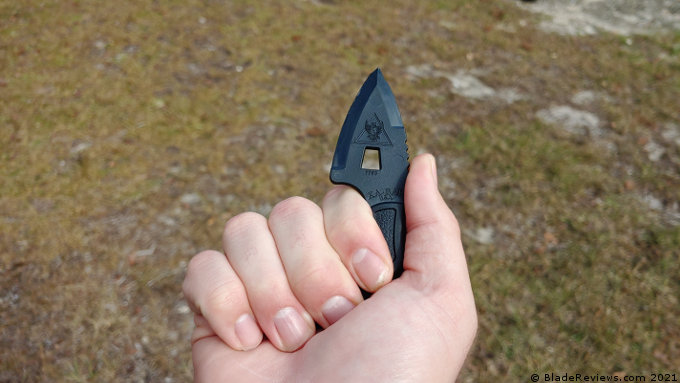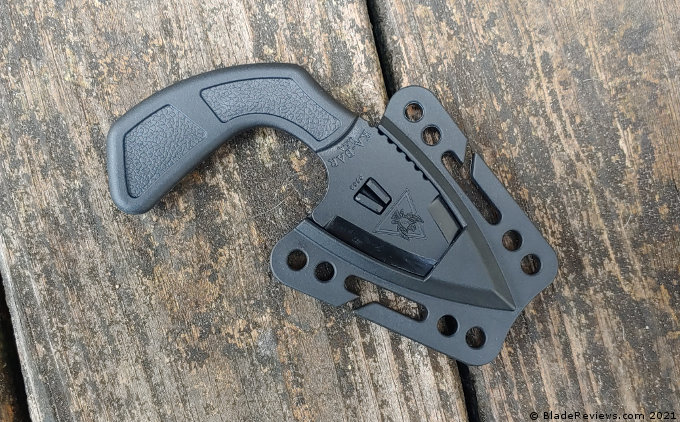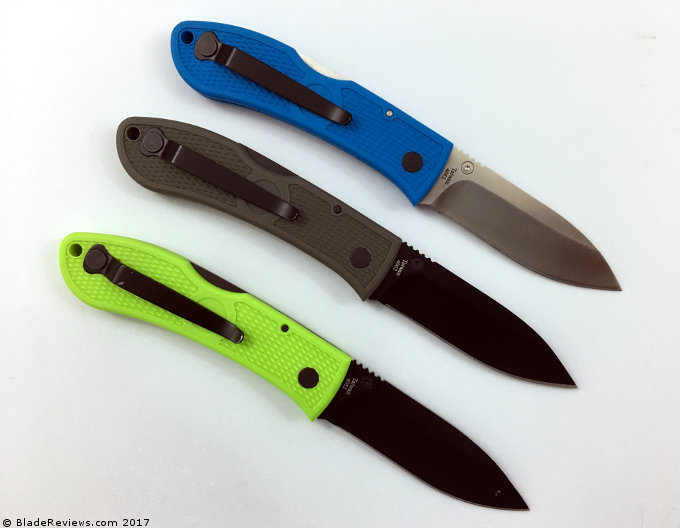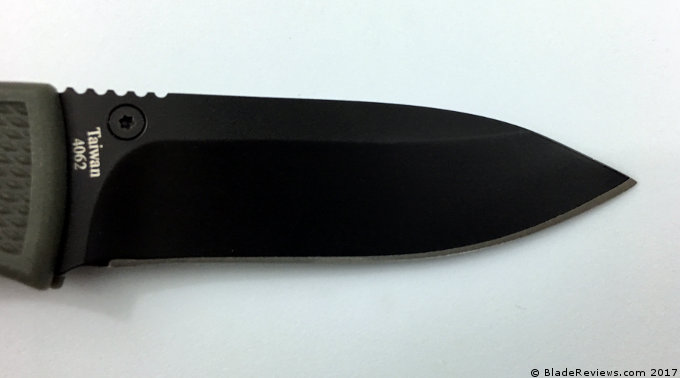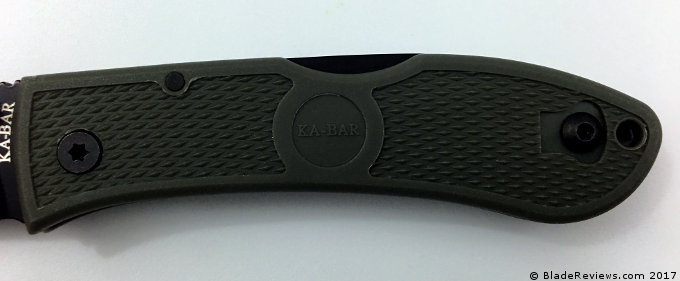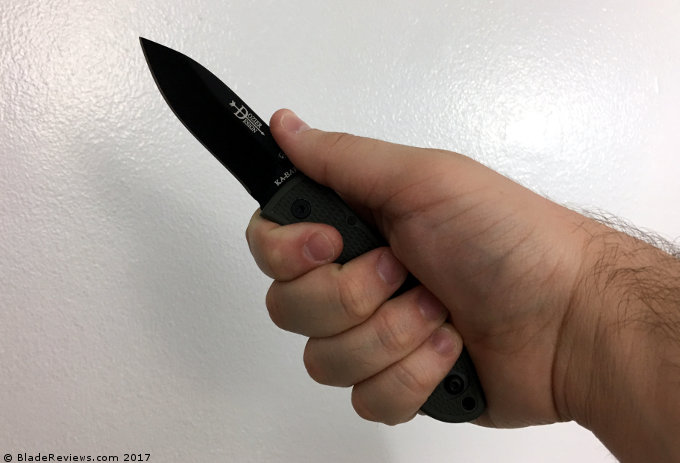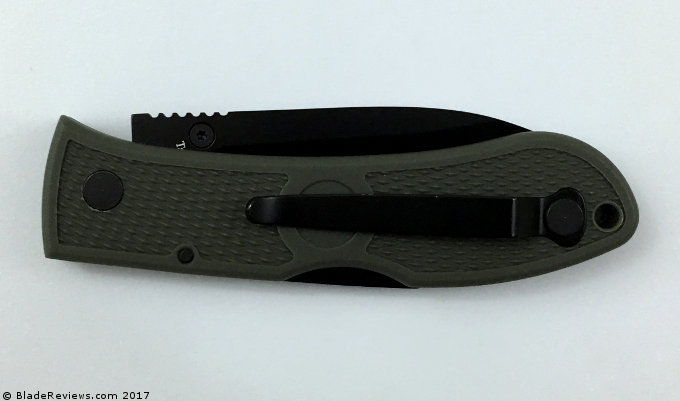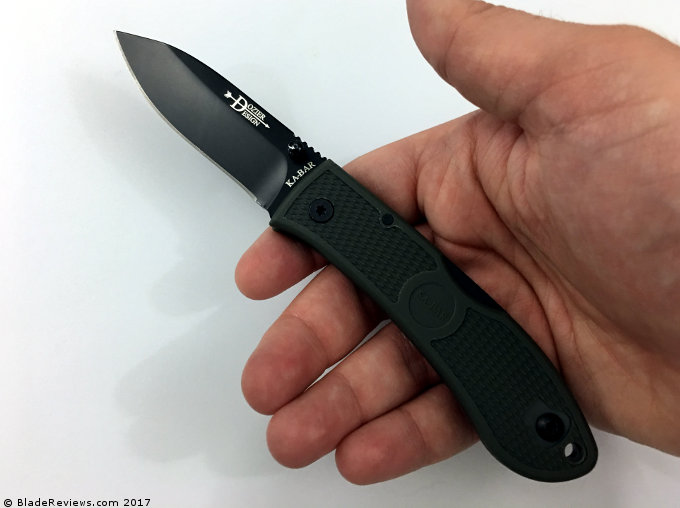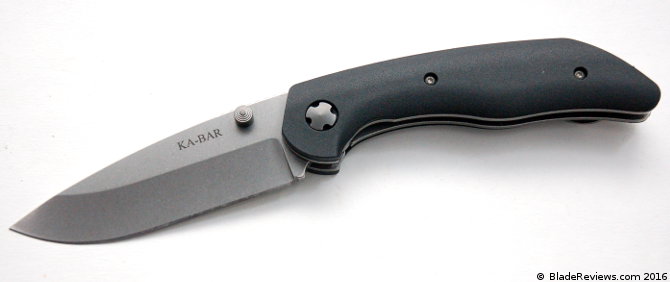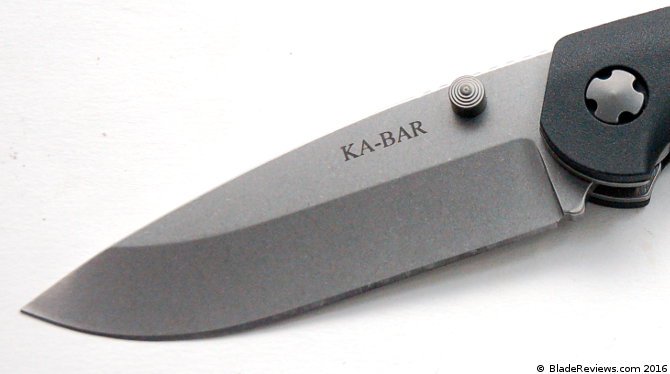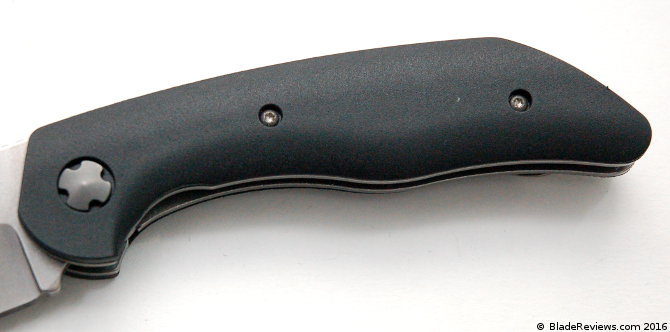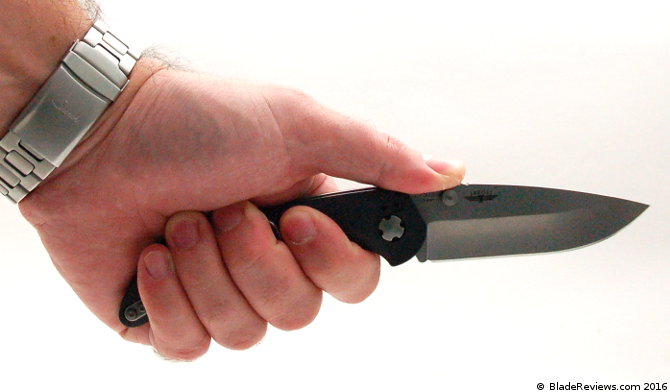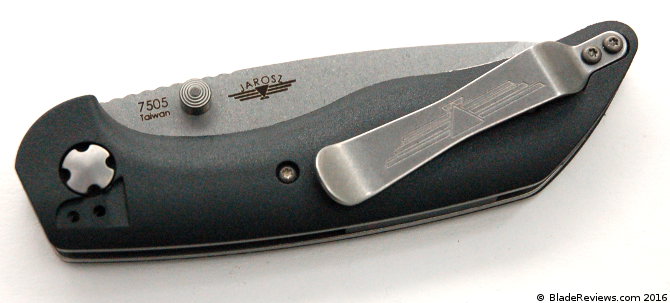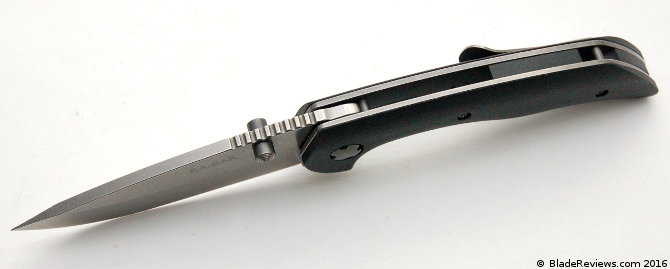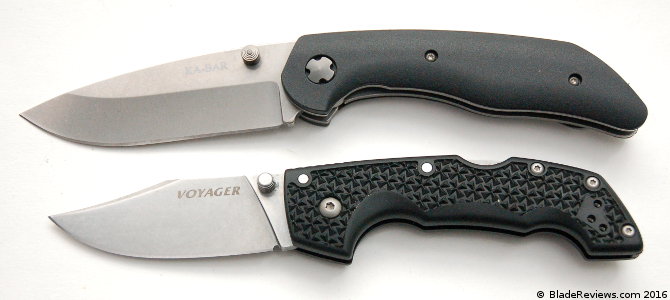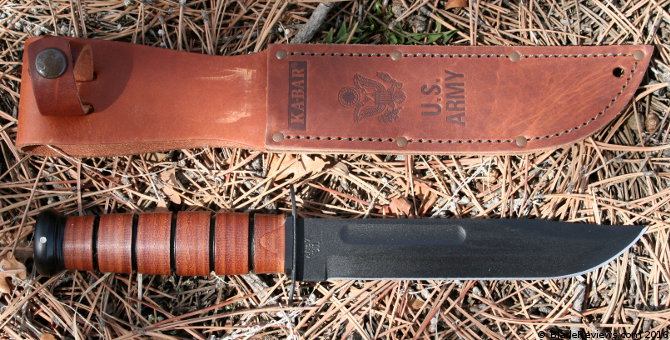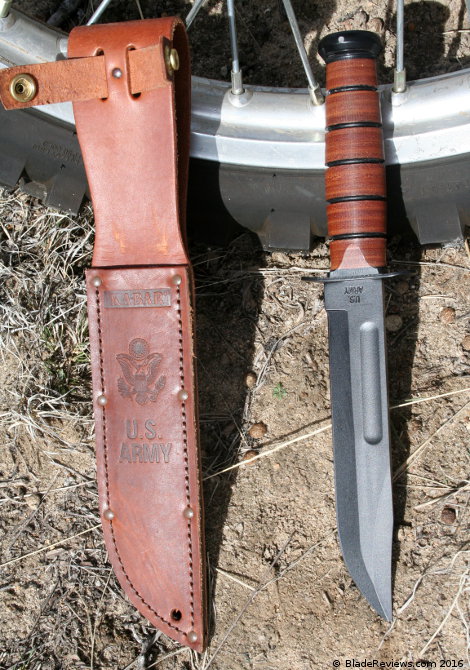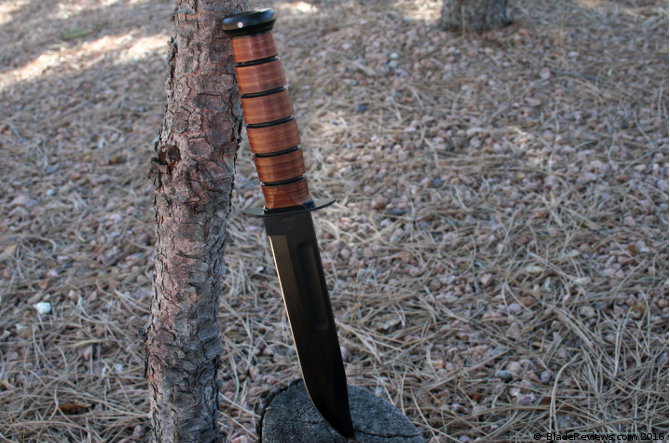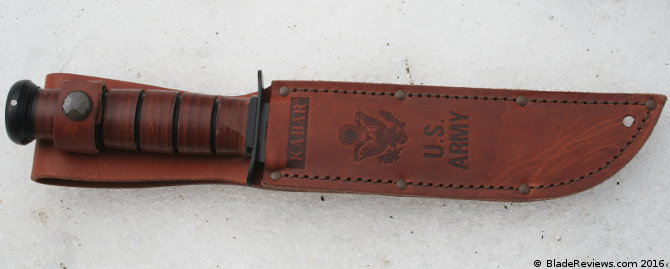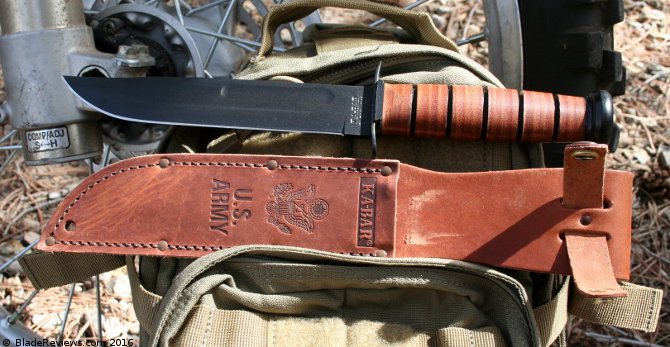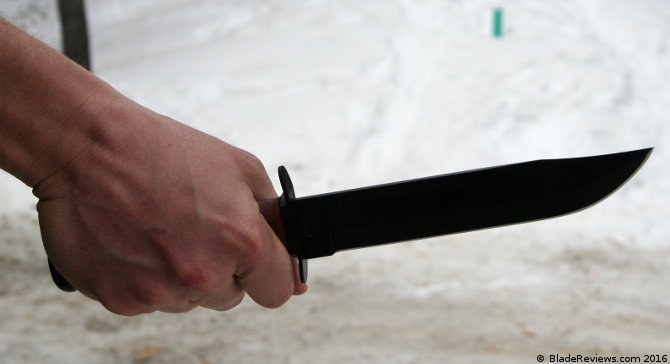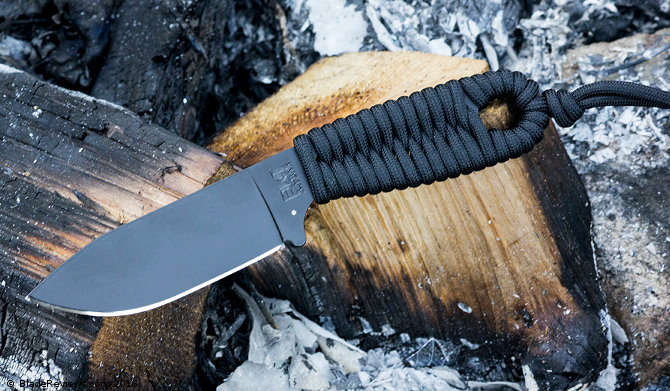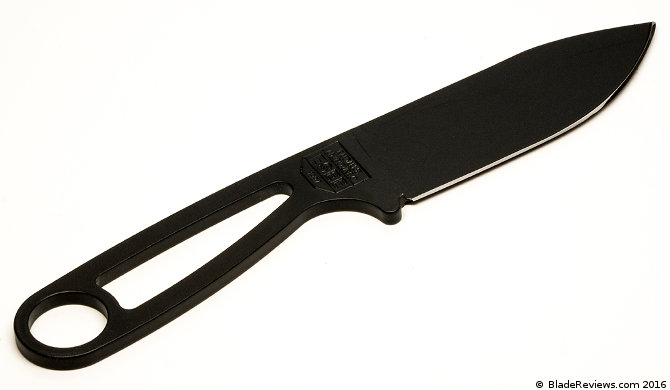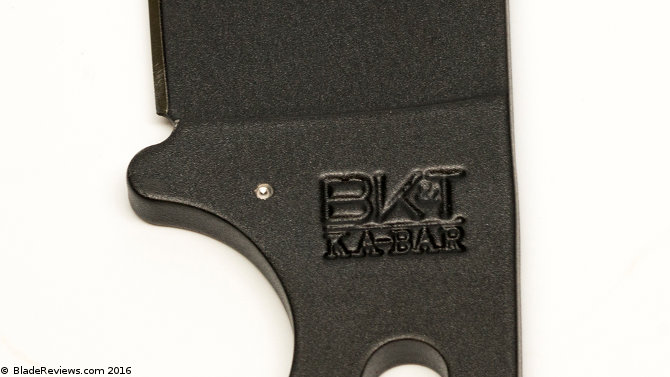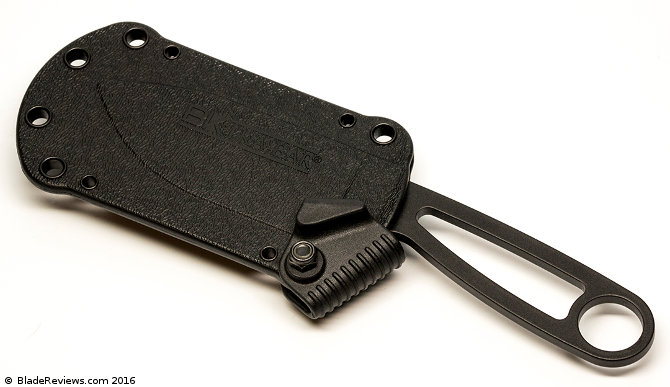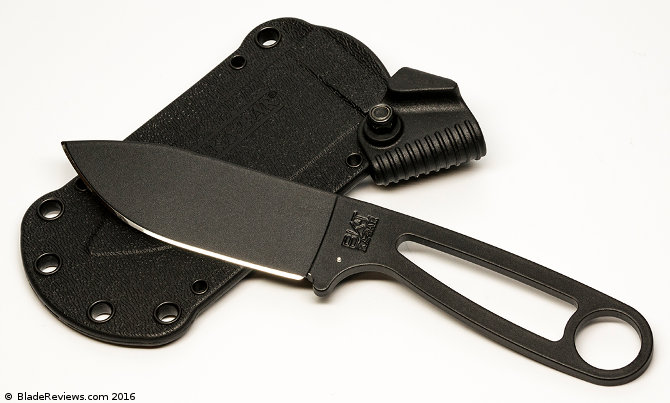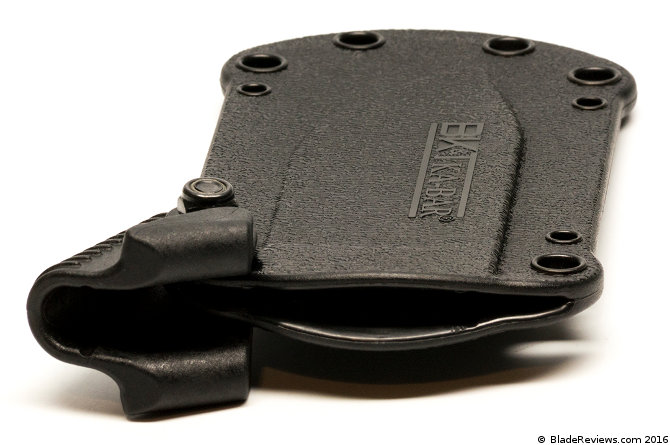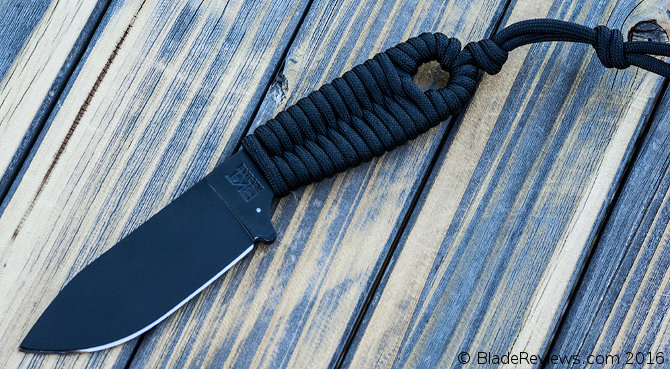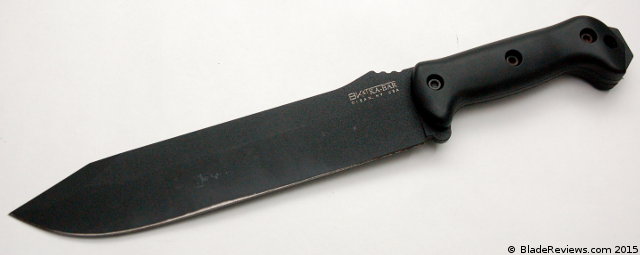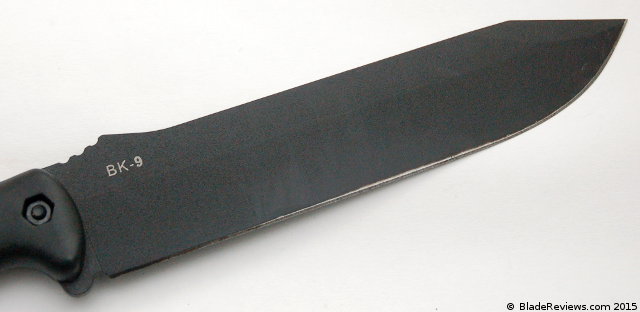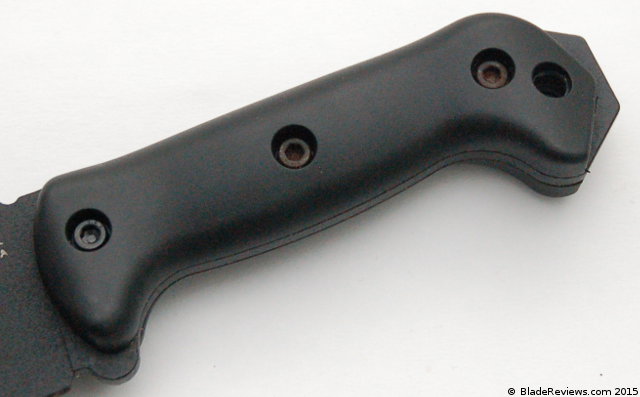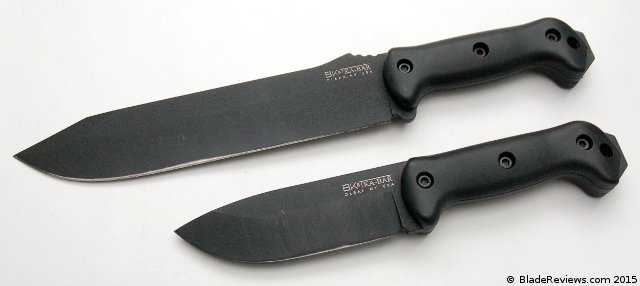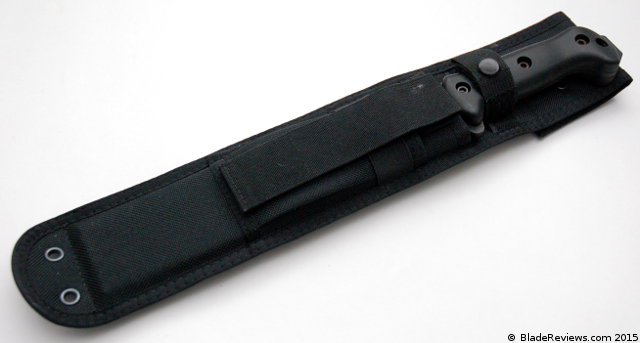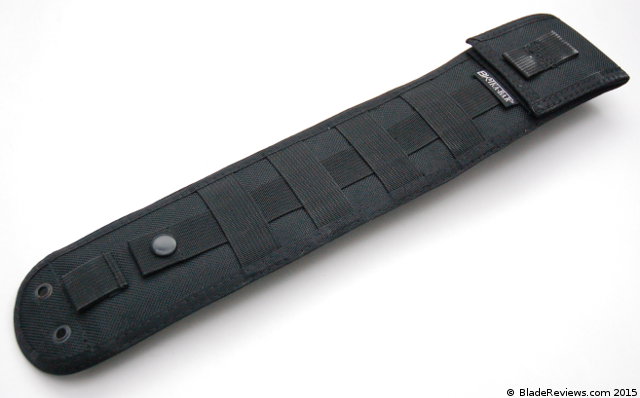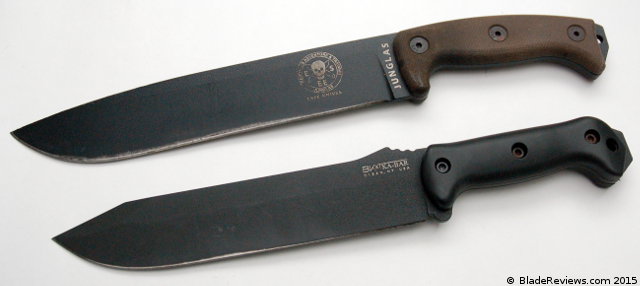I have a real thing for discrete weapons. It might be a focus I have on concealed carry, but it’s extended to more melee type weapons as well. Part of this love of discrete weapons leads to weapons made from nontraditional materials, like carbon fiber, G-10, and all variance of polymers. These weapons are typically incredibly light and invisible to metal detectors and make me feel spy-like. The Ka-Bar TDI Shark Bite is one such weapon.
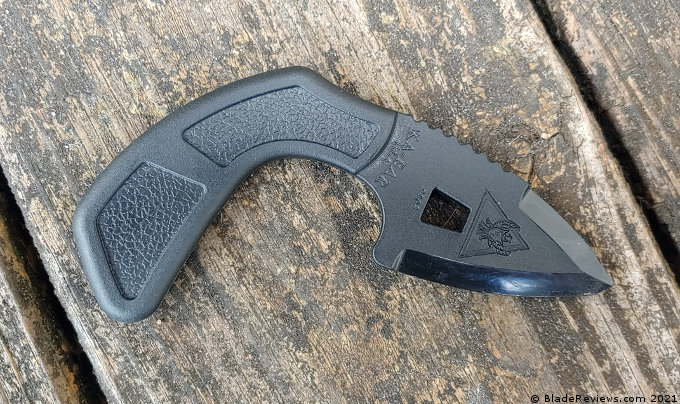
Buy the Ka-Bar TDI Shark Bite at BladeHQ
Buy on Amazon
Ka-Bar’s TDI series are very distinctive knives that position the blade at a 90ish degree angle. These knives were made specifically for police officers as a last-ditch weapon for self-defense purposes. The TDI Sharkbite variant is an all-polymer variant made of something called Ultramid. This super lightweight polymer design forms the Shark Bite’s entirety and creates a rather exciting self-defense knife.
An all-polymer knife isn’t made to cut up cardboard, cut through rope, tape, or other EDC tasks. It’s made for self-defense purposes. The TDI’s design is also not lent to EDC tasks, so when you make a polymer TDI, you only have one real option for it.
General Dimensions and Blade Details
The TDI Sharkbite has an overall length of 5.125 inches with a 2.625-inch blade and a handle length of 2.625 inches. The cutting edge is 2.125 inches long on the main portion of the blade. The blade has a quasi dagger-like design that leaves the top of the blade with about half the bottom part’s cutting edge. The point is a spear point design.
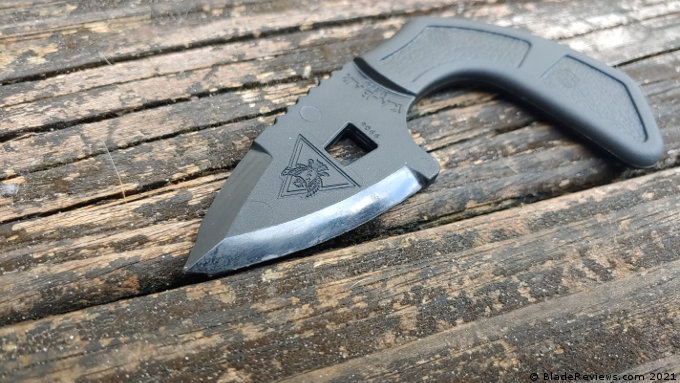
The TDI Sharkbite weighs a mere 2.4 ounces, and it feels like nearly nothing. The included sheath is also polymer and lightweight. The TDI Sharkbite is super easy to carry and disappears as a concealed carry weapon.
The entirety of the knife is made from Ultramid. Ultramid is a polymer, but it seems like the fancy term for it is molding compound. This ‘molding compound’ is known for its high mechanical strength, stiffness, and stability variance regarding temperatures. As far as the Sharkbite is concerned, the best property of Ultramid is its impact resistance. According to my research Ultramid is perfect for this type of weapon. It won’t crack, bend, or break when driven hard into a target.
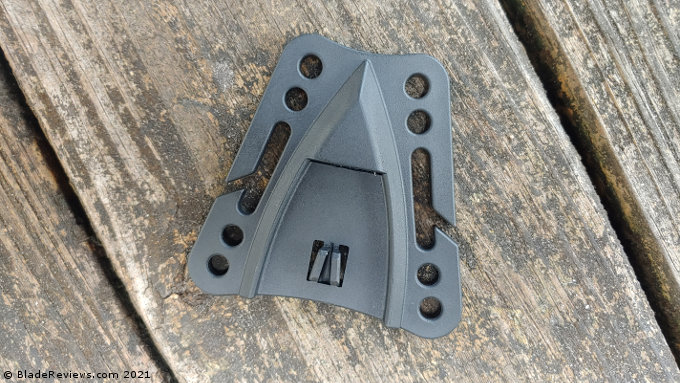
I set up 12 layers of cardboard (thanks Amazon and Christmas shopping), duct-taped them together, and then taped them to a pole. I drove the Sharkbite into the cardboard a half dozen times, and each time it penetrated through all twelve layers, and the point struck the wood. I was pleasantly surprised at the blade’s ability to penetrate.
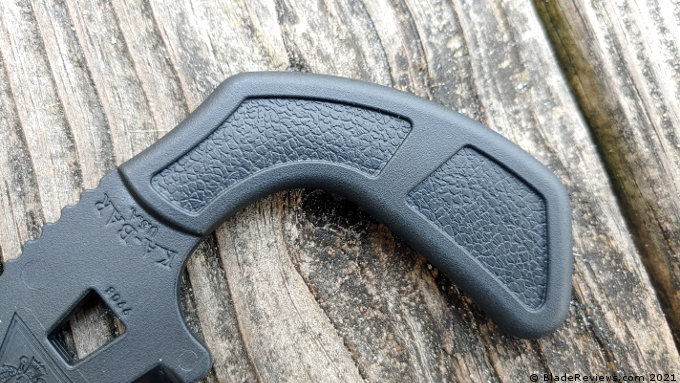
I attempted a few slashes, and while it made abrasions in the cardboard, this is not a very effective slashing weapon. It wouldn’t be a pleasant situation to be in, but it’s better at stabbing
The tip did dull a fair bit from those few attacks into the cardboard. Sharpening the point is possible with a file or using a blade from a pocket knife. This does make the tool disposable, but it’s a tool you’d use in a fight, not for everyday tasks. If you only use it for one fight, it’s likely worth the low admission cost.
Handle, Ergonomics, and Sheath
The 90-degree positioned blade makes this a quasi punch dagger, and the handle works well for that. The handle itself is short and thin, but the curved design offers you an excellent grip on the blade. Your thumb sits on top of the grip, and the jimping on the back of the blade shows you exactly where to rest your thumb. The grip and the blade work together for a good retention based grip. Due to how the handle is designed, there is no need for aggressive texturing, which is great because you don’t get any.
When striking with the TDI, there is an impact point behind the blade that strikes your finger. It causes some pain as it digs back into your trigger finger. This little pain is unlikely to be noticed when the TDI is used defensively.
The sheath is all polymer and designed to accommodate a variety of carrying styles. This includes on the belt, around a necklace, into a MOLLE section, or even laced into your boots. The lightweight design also makes carrying the knife easy, but the sheath is a little bulkier than it needs to be.
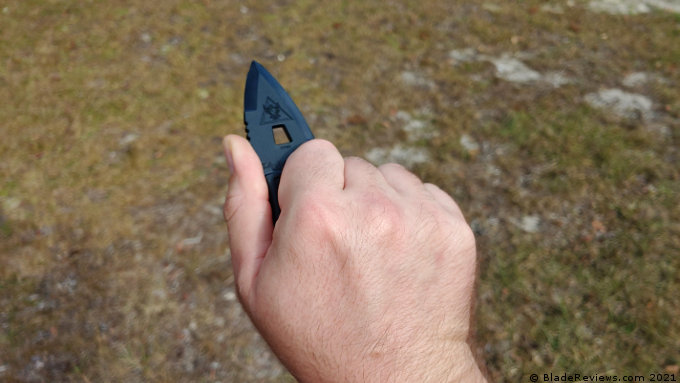
The blade weirdly locks into the sheath. The blade has a cutout in the middle that locks into two posts that are part of the sheath. To deploy the blade, you have to press down on the posts with your finger and lift with your hand. The sheath covers the edge portions of the Sharkbite, but the majority of the knife is left exposed.
TDI Sharkbite Review – Final Thoughts
The TDI Sharkbite is a compact and well-designed polymer-based knife, that is half impact weapon and half stabbing tool. It’s solely for self-defense and will disappoint you if you choose to try it for anything else. The Ultramid blade is a smart design that is impact resistant and suited for the Sharkbite’s design.
The polymer design does allow you to squeeze passed metal detectors, but you’ll still be breaking the law should you take the knife into an airport or courthouse. If you want to get through an area with metal detectors that don’t have the force of law backing their use, then the Sharkbite is a perfect choice.
The ultra-lightweight design makes it convenient to carry, but the sheath is somewhat bulky. However, the sheath’s polymer design would allow it to be easily modified and trimmed via Dremel tool.
The TDI Sharkbite is super cheap, often selling for less than twenty bucks online. The Sharkbite is a discrete self-defense tool that is worth the few bucks it costs. It’s not perfect, but in a last-ditch situation, it’s better than harsh words.
- Blade length: 2.625 inch
- Overall length: 5.125 inch
- Made completely of ultramid
Editor: I recommend purchasing the TDI Sharkbite at BladeHQ or Amazon. Thank you for reading.
